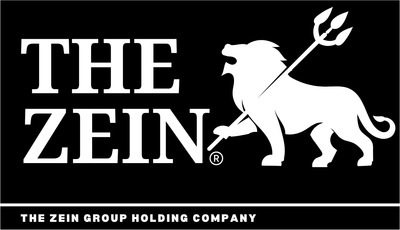Overview
At The Zein Group Holding Company, established assets represent the mature outcome of specialized internal development refined over time and articulated as a core expression of the Group’s value proposition. These assets are deliberately positioned for external capitalization and strategic circulation, serving not merely as internal capabilities but as defining instruments of the investment offering, partnership architecture, and institutional coherence. Functioning as an organizing principle rather than a procedural function, they govern external alignment, sustain market rhythm, and preserve the integrity of the Group’s evolving model. This approach is rooted in a considered institutional philosophy that views externally deployed value as both the source and the consequence of strategic clarity. Enduring strength, within this framework, is derived not from internal activity alone but from the disciplined refinement of market perspective. The proprietary portfolio thus operates as the silent architecture behind the visible structure—shaping what the Group elects to build, pursue, and safeguard for its partners. Guided by intention rather than reaction, these assets evolve alongside market needs, enabling steady navigation through shifting contexts while ensuring that growth remains principled, coherent, and anchored in thoughtful clarity.
